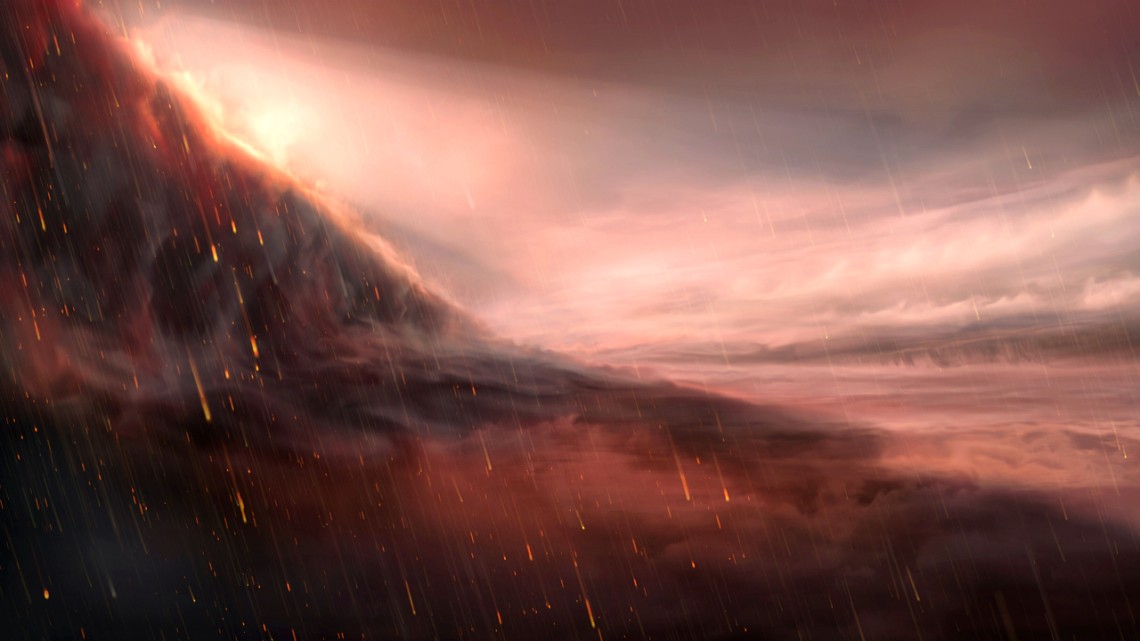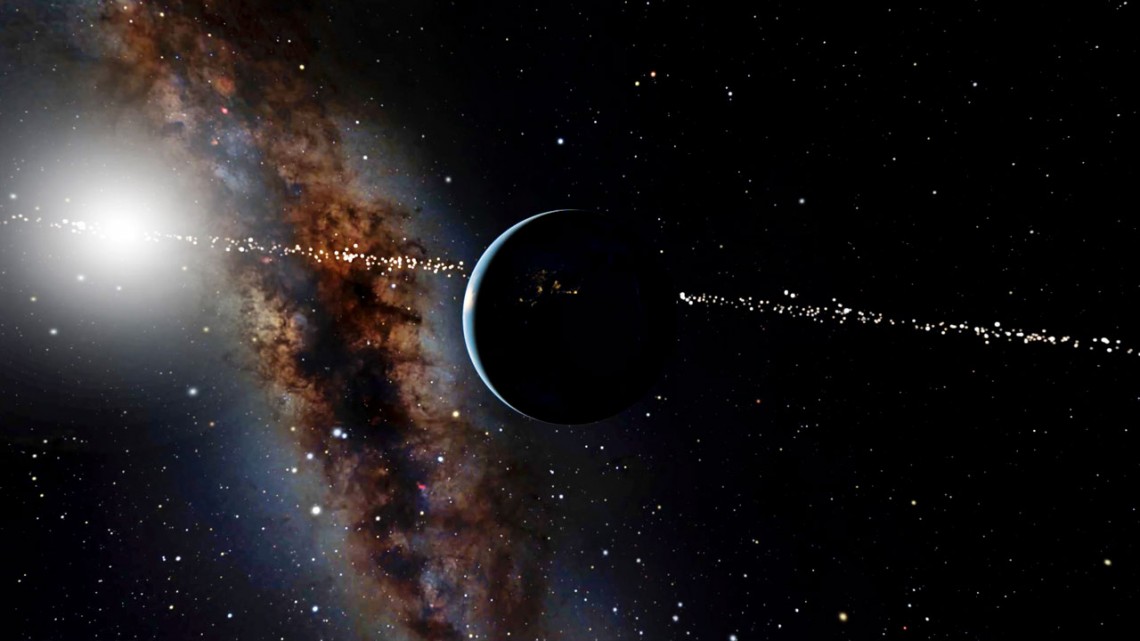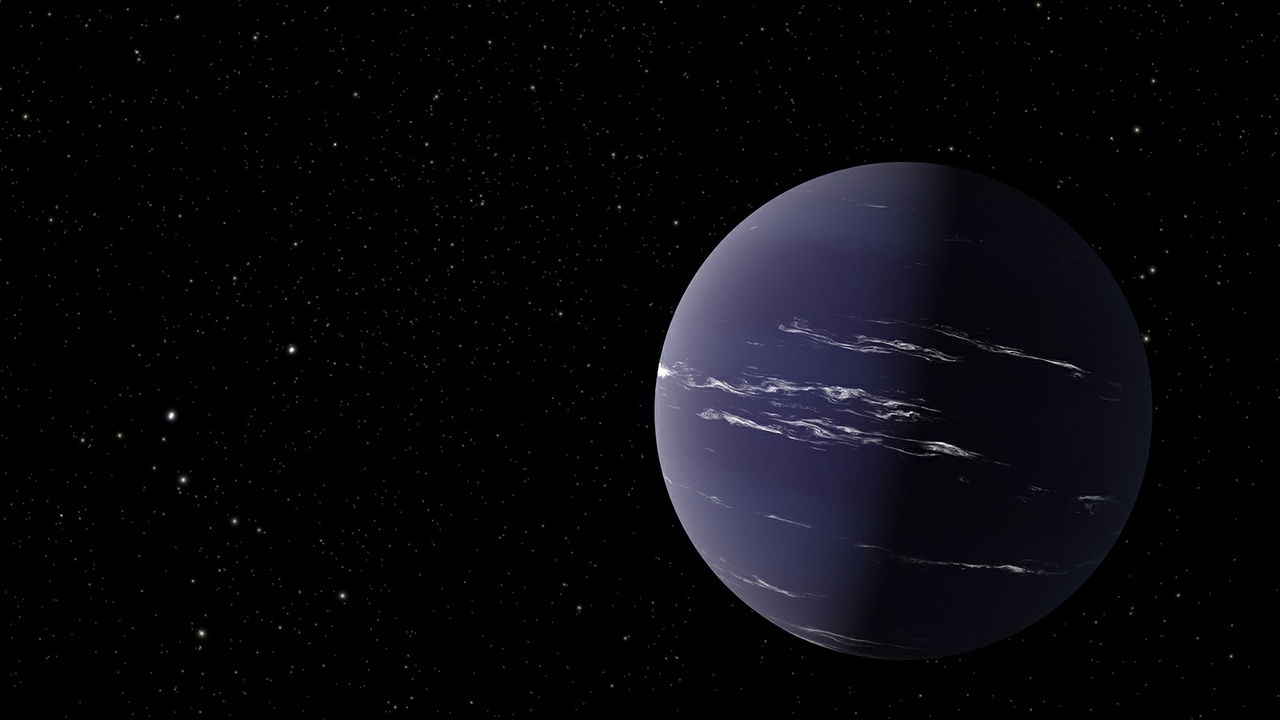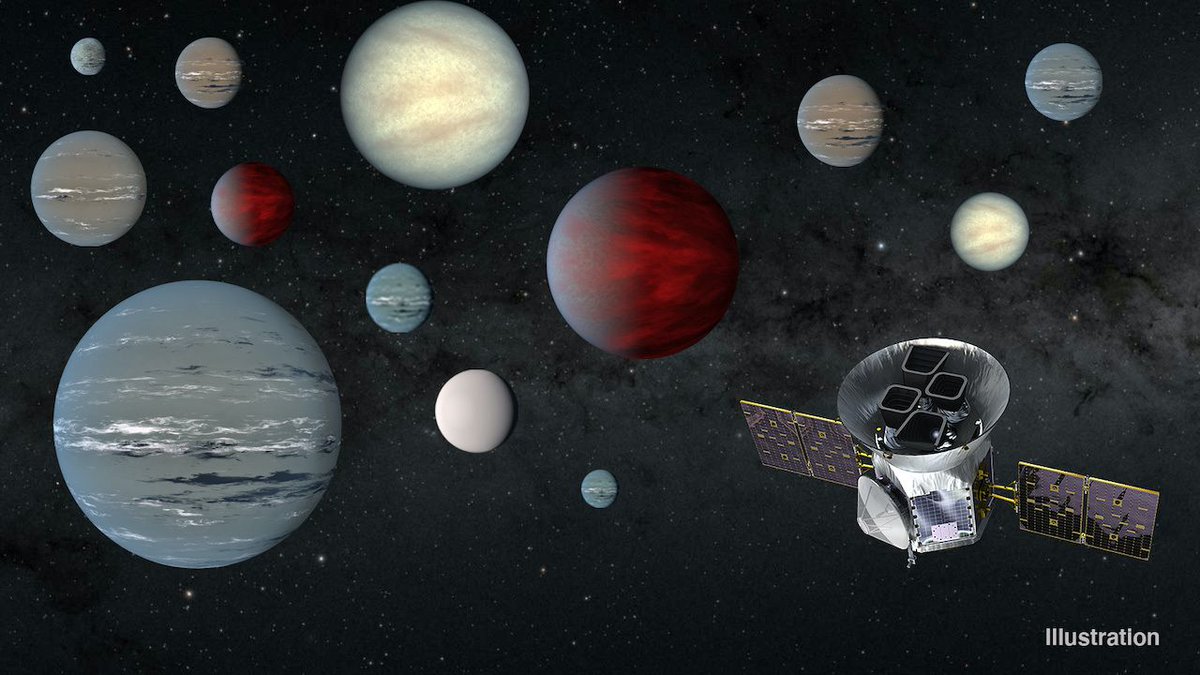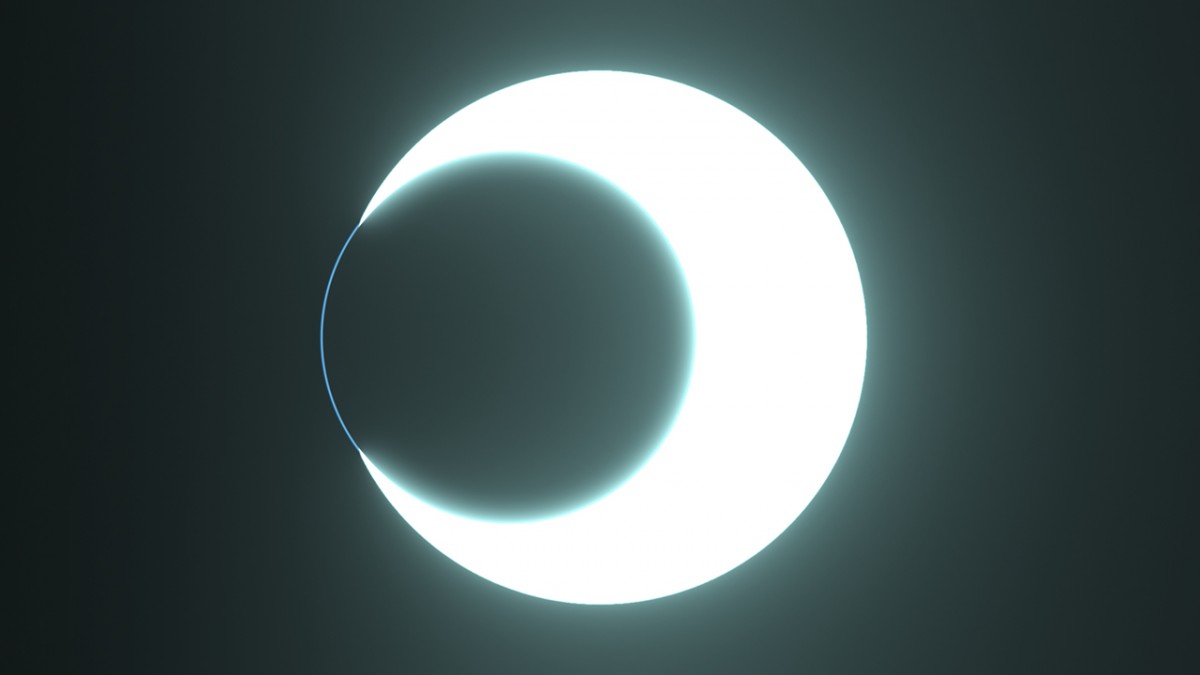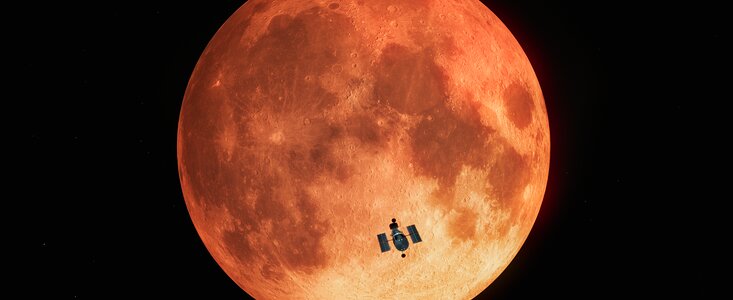Some planets orbit their stars so closely that they have extremely high surface temperatures and extremely rapid orbits. Most of the ones astronomers have found are Hot Jupiters— planets in the size range of Jupiter and with similar compositions as Jupiter. Their size and proximity to their star make them easier to spot using the transit method.
But there’s another type of planet that also orbits very close to their stars and has extremely high surface temperatures. They’re small, rocky, and they orbit their star in less than 24 hours. They’re called ultra-short-period (USP) planets and TESS found one that orbits its star in only eight hours.
And the planet’s density is almost equivalent to pure iron.
Continue reading “TESS Finds a New Mars-Sized Planet (With the Density of Mercury)”

